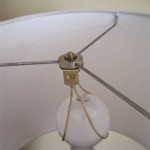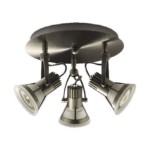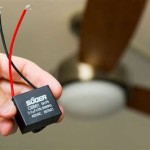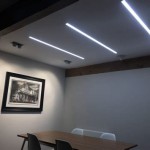Lights For Suspended Ceiling Tiles: An Essential Guide
Suspended ceiling tiles, also known as drop ceilings, are a common feature in commercial and office buildings. They offer several advantages, such as concealing unsightly pipes and wires, improving acoustics, and providing easy access for maintenance. To illuminate these spaces effectively, specialized lighting fixtures are required, known as lights for suspended ceiling tiles.
Choosing the right lights for suspended ceiling tiles is crucial to ensure optimal lighting performance and aesthetics. Here are some essential aspects to consider:
Size and Shape
The size and shape of the light fixture should complement the suspended ceiling tiles. Common sizes include 2x2 feet, 2x4 feet, and 1x4 feet, which align with the standard tile dimensions. The shape can be square, rectangular, or circular, depending on the desired aesthetic and lighting distribution.
Light Output and Color Temperature
The light output, measured in lumens, determines the brightness of the fixture. Consider the size of the space and the desired light level when selecting the appropriate wattage. The color temperature, measured in Kelvin (K), indicates the warmth or coolness of the light. Warmer temperatures (2700K-3000K) create a cozy and inviting atmosphere, while cooler temperatures (4000K-5000K) promote alertness and focus.
Mounting System
Lights for suspended ceiling tiles have different mounting systems. Lay-in fixtures rest directly on the ceiling grid, while recessed fixtures fit into the grid and provide a flush appearance. Surface-mounted fixtures attach to the ceiling below the tiles, offering design flexibility.
Energy Efficiency
Energy efficiency is an important consideration for commercial lighting. LED lights are highly energy-efficient compared to traditional fluorescent or incandescent bulbs. They consume less power, produce less heat, and last longer, resulting in significant cost savings.
Controllability
Controllability allows for adjusting the light output and color temperature to suit different needs. Dimmable lights enable users to create varying light levels, while tunable lights allow for switching between different color temperatures. These features enhance the functionality and comfort of the space.
Style and Design
The style and design of the light fixture should complement the overall aesthetic of the space. Modern lights often feature sleek and minimalist designs, while traditional lights may have ornate detailing. The choice depends on the desired ambiance and architectural style.
Additional Considerations
In addition to the essential aspects mentioned above, there are a few other factors to consider when selecting lights for suspended ceiling tiles:
- CRI (Color Rendering Index): Indicates the accuracy of color rendering under the light.
- Beam Angle: Determines the spread and direction of the light beam.
- Life Expectancy: Indicates the estimated lifespan of the light fixture.
- Warranty: Provides assurance of the fixture's quality and performance.
Conclusion
Choosing the right lights for suspended ceiling tiles requires careful consideration of various aspects, including size, shape, light output, mounting system, energy efficiency, controllability, style, and additional factors. By understanding these essential elements, you can ensure optimal lighting performance, aesthetics, and functionality for your suspended ceiling tile application.

Lighting Ceilume

Lighting Ceilume

A Beginner S Guide To Office Lighting Ceiling Tiles

What Are The Best Lights For Suspended Ceilings Gyc

Ceiling Grids Manchester Granmore Ceilings

Suspended Ceiling Lights The Best To Put On A

Acoustical Tile Edge Lit Panel Light Alcon Lighting 14029

Suspended Ceiling Skylight Ceilings Qld

How To Install A Led Panel Light 5 Step Quick Guide Any Lamp

A Quick Lighting And Suspended Ceiling Project Thumb Hammer
Related Posts








